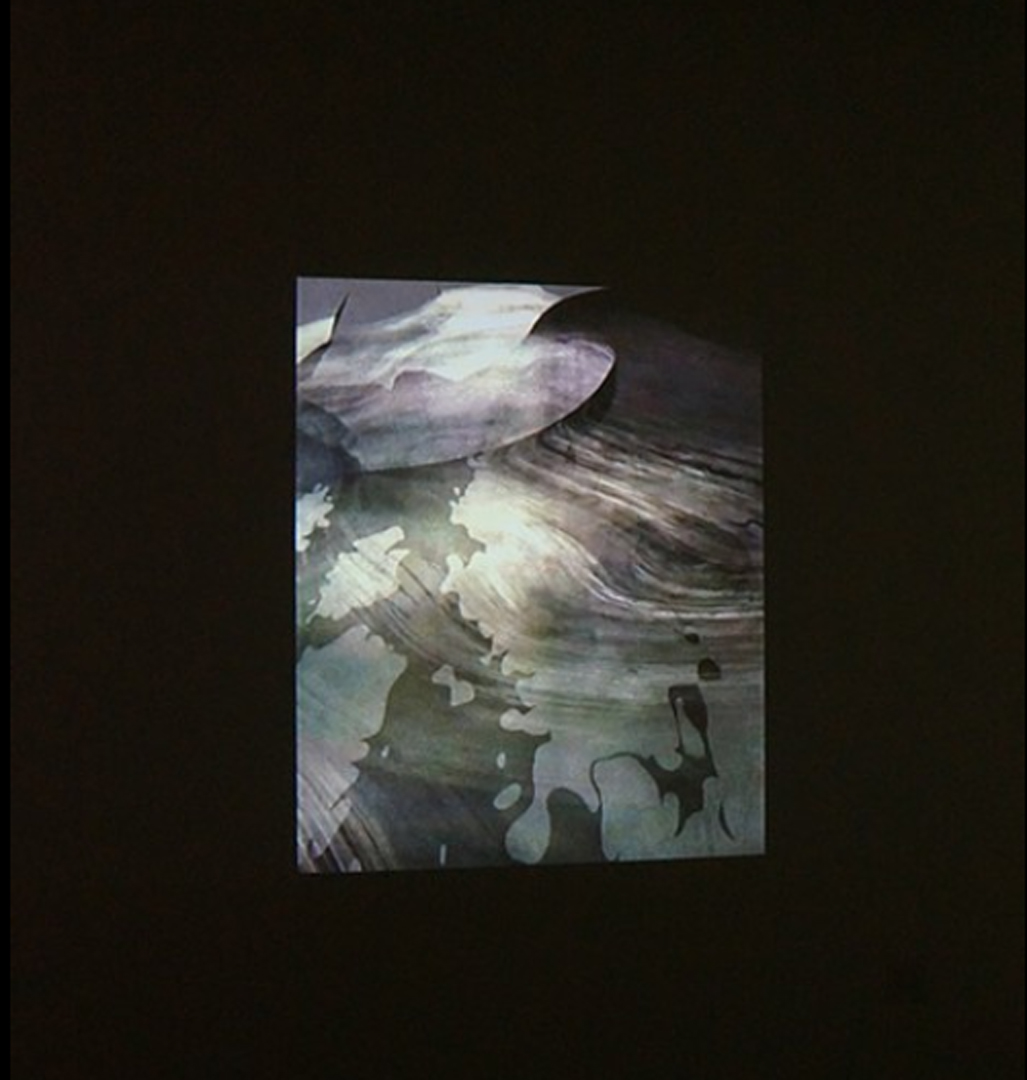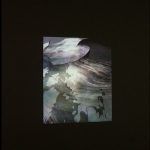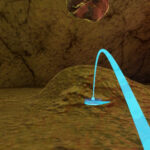“Tunnel” by Snow Yunxue Fu
Title:
- Tunnel
Artist(s) and People Involved:
- Snow Yunxue Fu
-
- New York University
Exhibiting Artist(s):
Symposium:
Venue(s):
- Run Run Shaw Creative Media Centre, Kowloon Tong, Hong Kong SAR China
- Jockey Club Innovation Tower, Hung Hom, Hong Kong SAR China
Creation Year:
- 2015
Medium:
- Single-channel video projection
Duration:
- 14:12
Artist Statement:
Tunnel finds Edwin Abbott’s novel Flatland: A Romance of Many Dimensions as an inspiration. It is a story centered on a two-dimensional geometric figure. A square. A Mr. Square. Who is occupying a land of flatness, a land of only length and width. Through a series of encounters with a higher dimensional being, a three dimensional sphere, discovers a greater reality outside of his own limited perception. First he refuses to believe, but comes to understand, despite his limitation, the concept of a third dimension. After Mr. Square’s mind has been opened to a new third dimension, he dreamed of a visit to a one-dimensional world (Lineland), where he in turn was the higher being. Inhabited by single dimensional lines, He attempts to convince the realm’s monarch of a second dimension; but is unable to do so. Dejected, he travels about and meets a singular point. “Can you consider having length?” Mr. Square asked. “Length? What humorous thoughts I come up with,” the point responded.
The Sphere came and explained to Mr. Square, that he had arrived in Pointland, and that the points here do not acknowledge dimensions at all: “You see, how little your words have done. So far, as the point understands your words at all, he accepts them as his own – for he cannot conceive of any other except himself – and plumes himself upon the variety of Its own thought, as if it were an instance of his own creative power. Let us leave this god of Pointland to the ignorant fruition of his omnipresence and omniscience: Nothing that you or I can do can rescue him from his self-satisfaction.” Flatland is an allegory of an idealism. Through its examination of the view of multiple dimensions, it offers an insightful metaphor towards human being’s existential relationship to the larger cosmos. This is where Fu’s work invites and engages its viewers.
As in flatland, Fu’s virtually rendered work guides the viewer into a metaphorical higher dimensional world, where the artwork becomes a physical symbol for the viewer’s physical perception, in relation to the greater reality, and the installation, posing as a limitation to the viewers perception, is a port to that world. One is either detoured or offended by the limitation presented by the installation, or one accepts his or her limitation and humbly explores what can be seen.
Tunnel is also inspired from one particular experience Fu had going through a small mountainside tunnel on a trip to Arizona. “There were five windows carved out of one side of the rock tunnel, giving glimpses of an extraordinary expanse of the Arizona landscape, in an otherwise pitch-black tunnel. The guide explained that there are six windows, each increasing in size as you traveled. I counted as we went along. One. Two. Three. Four. Five. Where was the sixth? As we came to the mouth of the tunnel, the guide said, this is the sixth window.” Fu took that as a metaphor of human understanding of the larger physical, spiritual, and metaphysical. In that, She is interested in the nature and significance of the reveal and expectation.
The following quote from Woody Vasulka’s Notes on Installation summarizes the characteristic of the digital space revealed in Fu’s Experimental 3-D animation and installation:
“…digital space has no generic method for looking at the world the way that a camera does through its pinhole/lens apparatus. Digital space is constructed space, in which each component, aspect, concept, and surface must be defined mathematically. At the same time, the world inside a computer is but a model of reality as if seen through the eye of a synthetic camera, inseparable from the tradition of film. Yet, in this context, no viewpoint is ever discarded, the internal space is open to a continuous rearrangement and access to a selection of views and narrative vectors in infinite, not only to the author, but also, with the use of certain strategies, to the viewer. Once the author constructs and organize a digital space, the viewer can enter into a narrative relationship with it. A shot in film indicates a discrete viewpoint. Its narrative purpose is to eliminate other possible views. In contrast, the world in the computer contains the infinity of undivided space, undissected by the viewpoints of narrative progression. In the world of the machine, all sets of narrative vectors are offered in an equal no-hierarchical way. The machine is indifferent to the psychological conditioning of a viewpoint. All coordinates of space are always present and available to the principles of selected observation.”
Fu’s animations as a whole reference C. D. Friedrich’s painting, “Wonder Above Sea and Fog”, on the account of the emotional response of the contemplative figure encountering both the physical and metaphysical infinity, which is also a major concern in Chinese Traditional Landscape Painting. With a former painter’s sensibility, she approaches the subject of the sublime using topographical computer rendered abstraction set on a time line. The animation projected into space becomes a necessary physical metaphor for the discourse of human physical perception. This invites the viewer to physically and mentally enter into a liminal Gordon Matta Clark like interior within a digitally constructed space, where the viewer’s body is motivated to expand their perception but their physical ability to perceive all that is potentially visible is limited. The limitless virtual world entices and calls, but the physical fights against it. Like Friedrich’s painting, her abstract perception as a frame and opening to another world and experience, invites the viewer to look into the virtual landscape. “Tunnel” continues Fu’s formal and conceptual exploration. The piece functions as a window into a parallel dimension that stimulates an awareness of both consciousness and space, extending out from the pictorial and expanding into the land of virtual reality.







